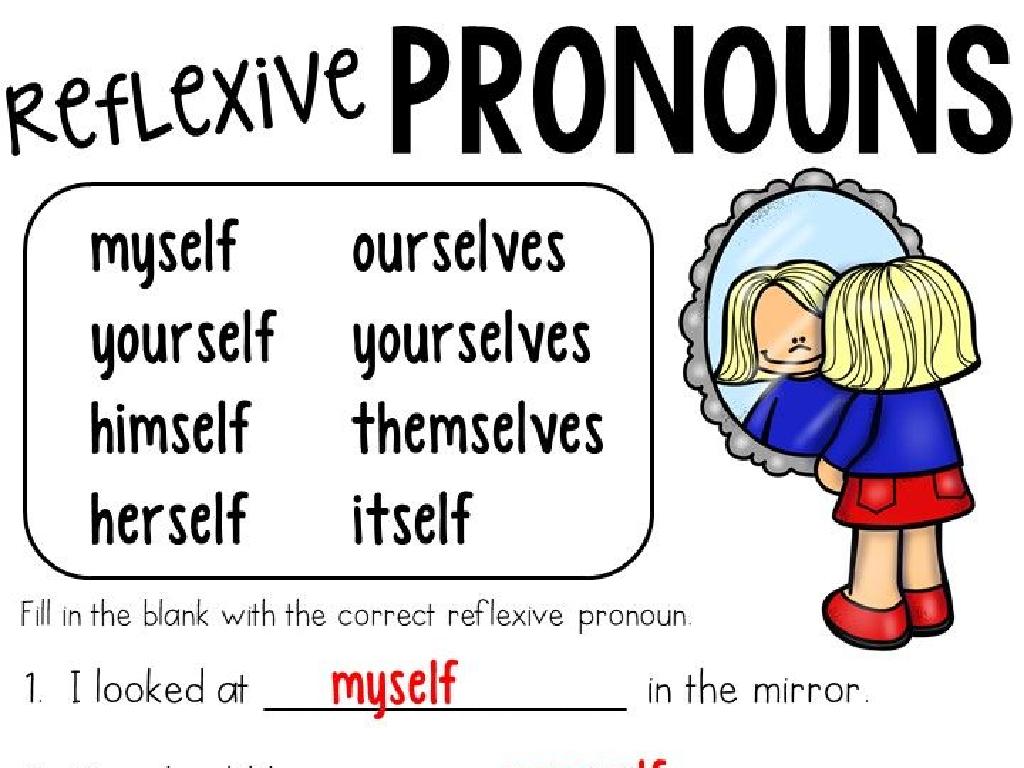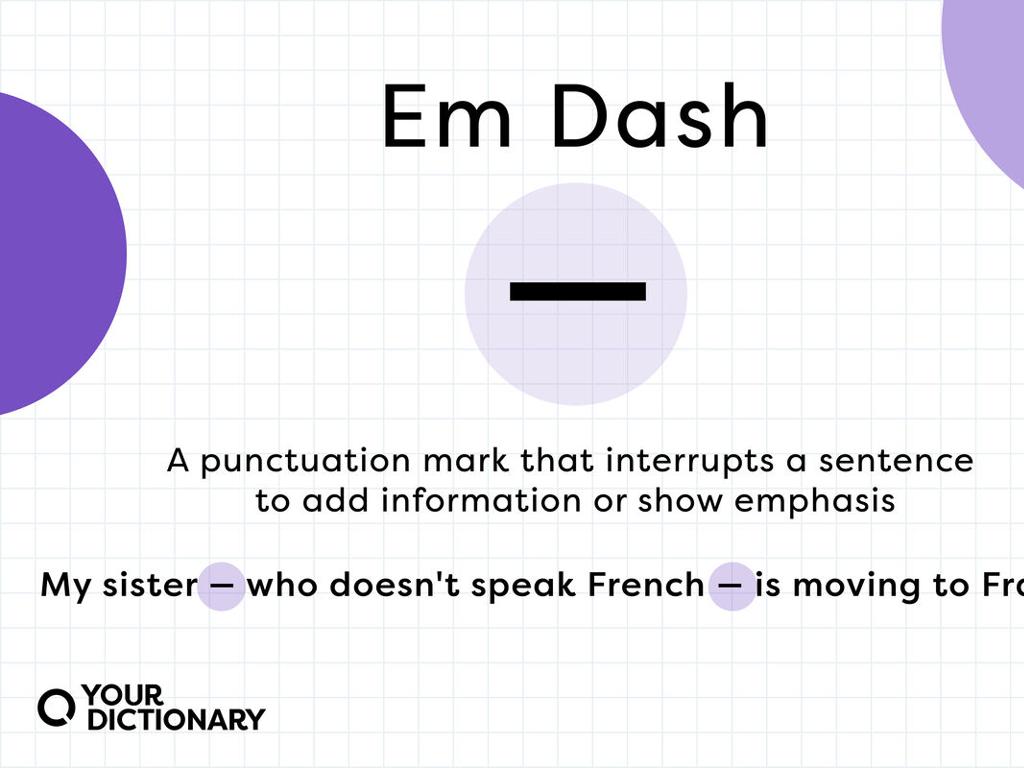Teacher Resources
Subject: Science
Grade: High school
Topic: Biology
Please LOG IN to download the presentation. Access is available to registered users only.
View More Content
Maximizing Biology Learning with Teacher Resources
– Importance of teacher resources
– Resources provide support and enrich the curriculum.
– Types of biology resources
– Textbooks, online simulations, lab kits, and field activities.
– Strategies for using resources
– Integrate resources with lesson plans for interactive learning.
– Enhancing learning with resources
– Use varied resources to cater to different learning styles.
|
This slide introduces the concept of teacher resources in the context of high school biology and emphasizes their role in enhancing the educational experience. Teacher resources are essential for providing a well-rounded and enriched curriculum. They include textbooks, online simulations, lab kits, and field activities, among others. Effective use of these resources involves integrating them into lesson plans to create interactive and engaging learning experiences. It’s crucial to use a variety of resources to address the diverse learning styles of students, making the subject matter more accessible and interesting. Encourage teachers to share their own successful strategies and resources to foster a collaborative learning environment.
Exploring Biology Resources for Teachers
– Utilize textbooks for foundational knowledge
– Textbooks provide structured content; supplement with books for deeper insights.
– Access online databases for interactive learning
– Websites like Khan Academy offer videos and quizzes to enhance understanding.
– Engage with lab equipment and virtual labs
– Hands-on experiments with lab tools or simulations like PhET Interactive Simulations.
– Incorporate scientific journals for advanced study
– Journals like Nature offer current research for discussion and analysis.
|
This slide aims to familiarize high school biology teachers with a variety of resources available to enhance their teaching. Textbooks and supplementary books lay the groundwork for students’ understanding of biology concepts. Online databases and educational websites can provide interactive and up-to-date content that caters to different learning styles. Laboratory equipment is essential for hands-on learning, while virtual labs offer a safe and accessible alternative. Scientific journals and research papers keep both teachers and students abreast of the latest developments in the field of biology. Encourage teachers to integrate these resources into their lesson plans to create a dynamic and engaging learning environment.
Integrating Technology in Biology Education
– Utilize simulations for complex topics
– Simulations help visualize processes like photosynthesis and cellular respiration.
– Employ biology software and apps
– Interactive tools like BioInteractive or iNaturalist engage students actively.
– Advantages of virtual dissections
– Virtual dissections provide ethical, cost-effective, and detailed anatomy studies.
– Virtual experiments enhance learning
– They offer safe, repeatable, and accessible ways to conduct experiments.
|
This slide emphasizes the importance of technology in teaching high school biology. Simulations can make abstract concepts like genetic drift or protein synthesis more concrete. Biology software and apps can supplement traditional teaching methods, providing interactive and up-to-date resources. Virtual dissections and experiments are not only more humane and less messy than their real-life counterparts, but they also allow for individualized learning paces and can be repeated as needed for mastery. Encourage teachers to explore various technological resources to enhance their biology curriculum and engage students in a more dynamic learning experience.
Lesson Planning: Utilizing Teacher Resources in Biology
– Align resources with curriculum standards
– Ensure materials meet state and national biology standards
– Create engaging, diverse lesson plans
– Incorporate different teaching methods and materials
– Adapt resources for learning styles
– Tailor content to visual, auditory, and kinesthetic learners
– Utilize multimedia and hands-on activities
– Examples: videos, interactive simulations, and lab experiments
|
This slide emphasizes the importance of integrating a variety of teacher resources into biology lesson plans for high school students. Start by aligning teaching materials with the required curriculum standards to ensure compliance and thorough coverage of necessary content. Encourage creativity in lesson planning by using a mix of traditional and innovative teaching methods to cater to a diverse classroom. Recognize the different learning styles present among students and adapt resources accordingly, providing a balanced mix of visual, auditory, and kinesthetic activities. Incorporate multimedia resources like educational videos and interactive simulations, as well as hands-on activities such as lab experiments, to enhance engagement and understanding of complex biological concepts. The goal is to create a dynamic learning environment that supports all students.
Evaluating Biology Resources for Teachers
– Criteria for high-quality resources
– Relevance, accuracy, and credibility are key.
– Update resources with scientific advances
– Integrate latest discoveries and research.
– Importance of peer reviews
– Peer reviews ensure content validity.
– Seeking recommendations
– Trusted recommendations can guide selections.
|
When selecting resources for teaching high school biology, it’s crucial to consider the relevance to the curriculum, the accuracy of the information, and the credibility of the source. Teachers should regularly update their materials to reflect the latest scientific discoveries and research, ensuring that the content they deliver is current. Peer-reviewed resources are preferred as they have been vetted by experts in the field for content validity. Additionally, seeking recommendations from trusted colleagues can help in discovering new and effective teaching materials. This slide aims to guide teachers in curating the best possible resources for their biology classes.
Class Activity: Biology Resource Exploration
– Divide into groups for resource exploration
– Identify key information and teaching points
– What are the main concepts? Any interesting facts or figures?
– Create a mini-presentation on resource application
– How can this resource make a biology lesson more engaging?
– Share findings with the class
|
This activity is designed to enhance collaborative learning and resourcefulness among students. By dividing the class into small groups, each group is tasked with exploring different biology resources such as textbooks, online articles, educational videos, or interactive simulations. They should focus on identifying the core information and potential teaching points that could be valuable in a biology lesson. Each group will then prepare a short presentation explaining how the resource could be used to teach a specific topic in biology, promoting creativity and practical application. The activity concludes with each group sharing their findings, allowing for a diverse exchange of ideas and teaching strategies. For the teacher, prepare a list of resources beforehand, ensure each group has access to the necessary materials, and provide guidance on how to analyze and present the resources effectively.
Sharing and Reflecting on Biology Resources
– Groups present their findings
– Discuss resource advantages
– Consider how each resource can benefit learning and engagement
– Reflect on resource integration
– How can these tools be part of your daily study routine?
– Enhance personal study habits
– Identify methods to incorporate resources for better understanding
|
This slide aims to facilitate a collaborative learning environment where students share the biology resources they’ve discovered. Each group will present their findings, promoting active engagement and public speaking skills. Following the presentations, the class will engage in a discussion to evaluate the advantages of each resource, fostering critical thinking. Students will then reflect on how they can integrate these resources into their own study habits, encouraging self-assessment and personal growth. The teacher should guide the discussion to ensure all students participate and consider how these resources can be tailored to their individual learning styles for maximum benefit.
Conclusion: Biology Teacher Resources
– Recap of Biology resources
– Emphasize continuous learning
– Lifelong learning is key in education
– Importance of resource updates
– Staying current with scientific advancements
– Open floor for Q&A
|
As we conclude, let’s recap the valuable resources available for teaching Biology, including textbooks, online databases, and interactive tools. Emphasize the importance of continuous professional development and staying updated with the latest educational strategies and scientific discoveries. This ensures that the information passed on to students is current and relevant. Encourage teachers to share their experiences with different resources and to ask questions or propose topics for further discussion. This Q&A session is an opportunity to engage with peers, share best practices, and address any uncertainties or challenges faced in the classroom.






